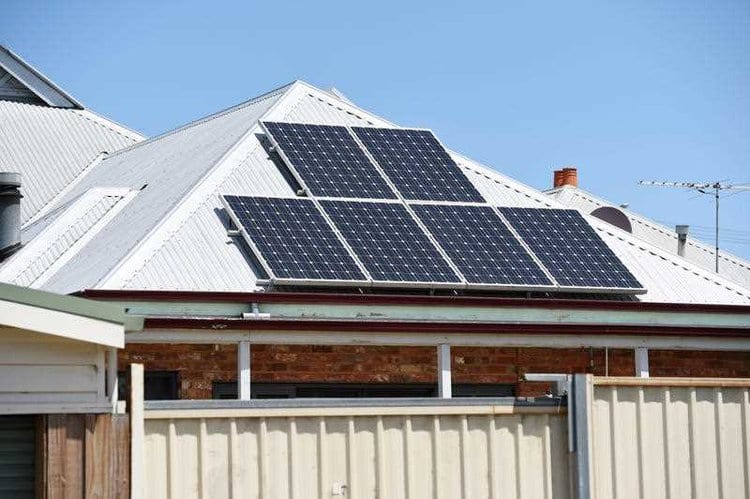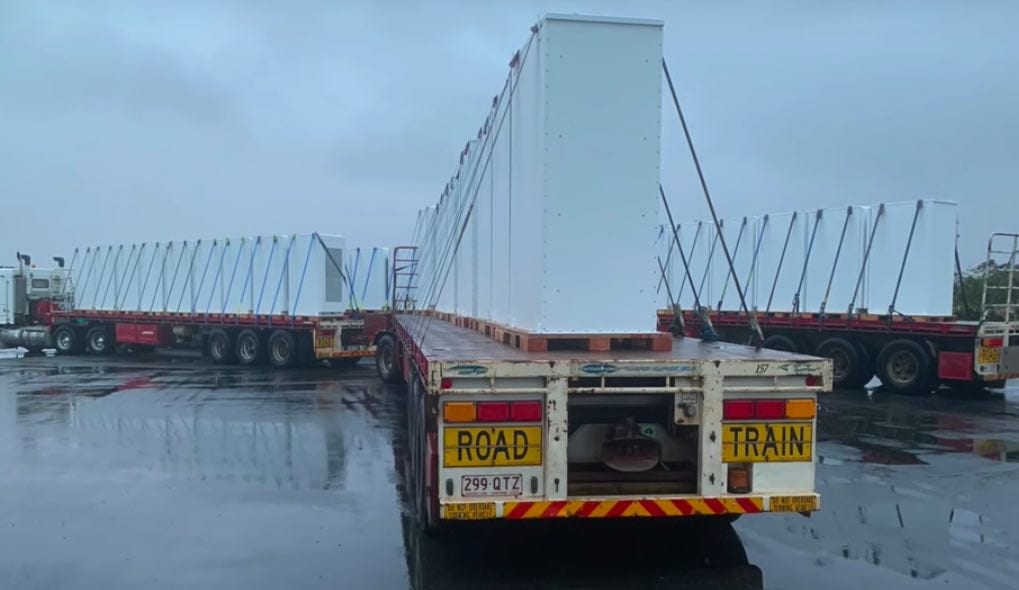SRW wrote: ↑Fri Nov 15, 2019 12:03 am
I imagine because Hazelwood closed down.
I don't think Hazelwood closing had anything to do with South Australia exporting more power....in the sense that SA has excess capacity (and that is cheap wind and solar) so if Victoria didn't buy it then NSW would have. Hazelwood was always going to be more expensive than renewables.
And by the way NSW is the biggest purchaser/user of interconnector power......that state never generates enough power for its own needs, day, night, yesterday, tomorrow......NSW constanly imports (It also helps being in the middle of the interconnector system.....you can always find cheap power interstate.)
The plans for future wind farms and solar farms would have been already made when Hazelwood closed, in fact the Hazelwood closing actually caught the Victorian government by surprise and it won't be until the end of 2020 until that capacity will be replaced in Victoria.
And of course the paradox of South Australia's high electricity prices also plays a part......highest in the country for domestic consumers, but at the same time attracts considerable investment because of this.
The eastern states renewable boom didn't really take off until the gas companies increased the price of gas by 50% over that 2015-17 period, hence the expolosion of new wind and solar farm proposals in Victoria, NSW and Queensland.
Being at the end of the electricity network ( and we will always be at the end......there will never be interconnectors to the Northern Territory or Western Australia) it makes sense to become energy self sufficient/ actively exporting power.
And one day SA domestic electricty prices will start to tumble, hopefully just after billions have been committed to future wind and solar farms (along with bigger batteries)




